Land management is at the heart of sustainable development, encompassing urban planning, agriculture, environmental conservation, and resource utilization. Traditionally reliant on labor-intensive and time-consuming processes, the field is undergoing a revolutionary transformation with the integration of Artificial Intelligence (AI). From generating highly accurate maps to real-time monitoring of ecosystems, AI is reshaping how we understand, manage, and preserve land resources. By leveraging advanced data analytics, machine learning, and satellite imagery, AI offers unprecedented precision, efficiency, and scalability. This transformation empowers stakeholders—from governments to farmers—to make informed decisions, optimize resource allocation, and mitigate environmental challenges. In this blog, we explore the profound impact of AI on land management, highlighting innovative applications and real-world examples that showcase its potential to drive smarter, more sustainable land practices. According to Verified Market Research, AI in Land Management is valued at USD 1.69 Billion in 2024 and is projected to reach USD 2.62 Billion by 2031, growing at a CAGR of 5.65%.
.jpg)
Precision Mapping: A New Era of Land Insights
AI-powered mapping tools are significantly enhancing the accuracy and efficiency of land use analysis. Through technologies like satellite imagery, drones, and machine learning algorithms, these tools enable detailed mapping of land features and resources.
- Satellite Imagery and AI: High-resolution images captured by satellites are processed using AI to identify patterns, classify land use, and detect changes over time. For example, platforms like Google Earth Engine utilize AI to analyze vast datasets, assisting in urban planning and deforestation tracking. IGAC, or the Instituto Geográfico Agustín Codazzi (Agustín Codazzi Geographic Institute), is Colombia’s national geographic authority utilizes satellite data for cadastral mapping in order to monitor changes across the country efficiently. High-resolution, near real-time images speed up surveying processes and indicate changes quickly and precisely, helping Colombian entities clarify land use, identify risks, and enforce environmental regulations.
- Drone Technology: Equipped with AI algorithms, drones can create detailed 3D models of terrains, identify vegetation types, and assess land conditions. This is especially useful in agriculture, where precision mapping helps optimize crop yields and reduce resource wastage.
- Machine Learning in Mapping: Machine learning models are trained to recognize and categorize land features automatically. This technology supports urban planning, disaster risk assessment, and ecological conservation by providing accurate data in record time.
Real-Time Monitoring for Dynamic Land Management
.jpg)
Monitoring land resources in real time is crucial for proactive decision-making. AI plays a pivotal role in detecting changes, predicting trends, and ensuring compliance with environmental regulations.
- Deforestation Detection: AI-powered platforms like Global Forest Watch use satellite data and machine learning to identify illegal logging and deforestation activities in real time. This enables timely intervention and better enforcement of conservation policies.
- Agricultural Monitoring: AI monitors crop health, soil moisture levels, and weather conditions, helping farmers make data-driven decisions. For instance, IBM Watson’s AI tools offer insights that enhance sustainable farming practices.
- Disaster Management: AI assists in monitoring risks such as floods, landslides, and wildfires by analyzing environmental conditions. Predictive models alert authorities, reducing potential damage and ensuring swift response.
Enhancing Land Use Planning
AI-driven analytics provide a data-rich foundation for strategic land use planning, helping stakeholders make informed decisions.
- Urban Development: AI analyzes population density, infrastructure needs, and environmental impact to optimize city planning. For instance, AI tools guide zoning decisions and transportation planning to reduce urban sprawl.
- Conservation Efforts: By identifying critical habitats and tracking biodiversity, AI supports the creation of protected areas and sustainable land use policies.
- Policy Implementation: AI streamlines policy enforcement by tracking compliance with land use regulations and providing actionable insights to policymakers.
Challenges and Opportunities
While AI offers transformative potential, its adoption in land management comes with challenges:
- Data Accessibility: High-quality datasets are essential for effective AI models. Limited access to such data in certain regions can hinder progress.
- Skill Gaps: Implementing AI solutions requires skilled professionals in both AI and land management domains.
- Cost of Technology: Advanced AI tools and infrastructure can be expensive, limiting adoption in resource-constrained settings.
However, the opportunities far outweigh the challenges. With continuous advancements in AI and increased collaboration between governments, private sectors, and technology providers, the future of land management looks promising.
Conclusion
AI is transforming land management systems by bridging gaps between data, insights, and actionable strategies. From mapping intricate land details to monitoring dynamic changes in real time, AI empowers decision-makers with tools that are accurate, efficient, and sustainable. As we continue to harness AI’s potential, we pave the way for smarter land use, ensuring a balanced coexistence of development and conservation.










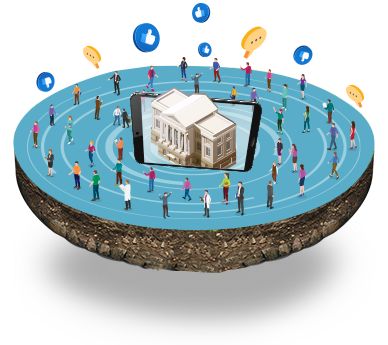

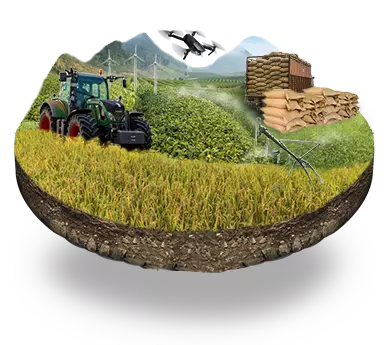













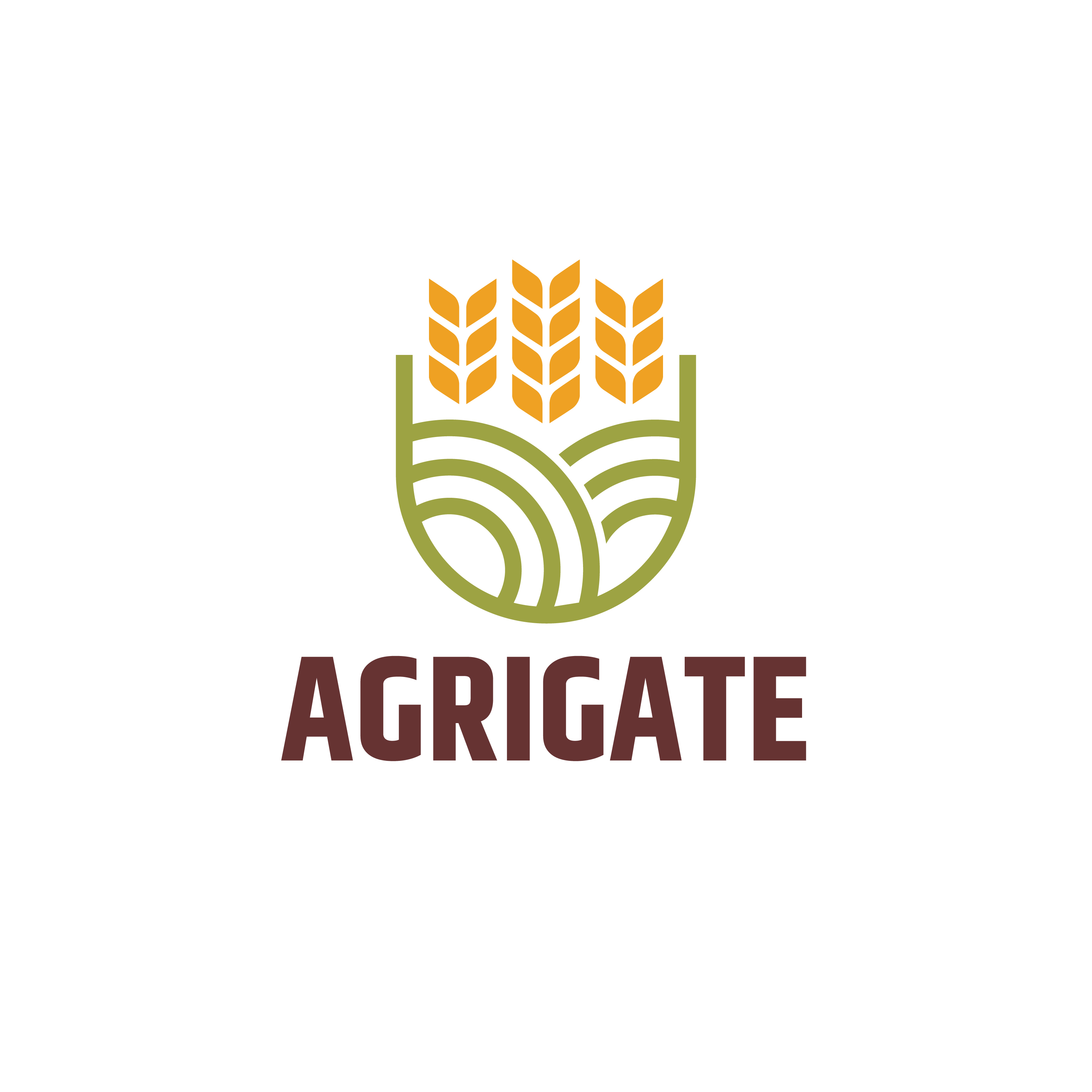








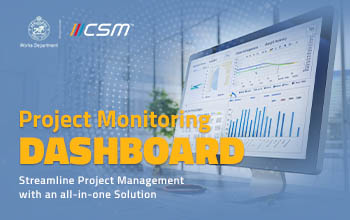



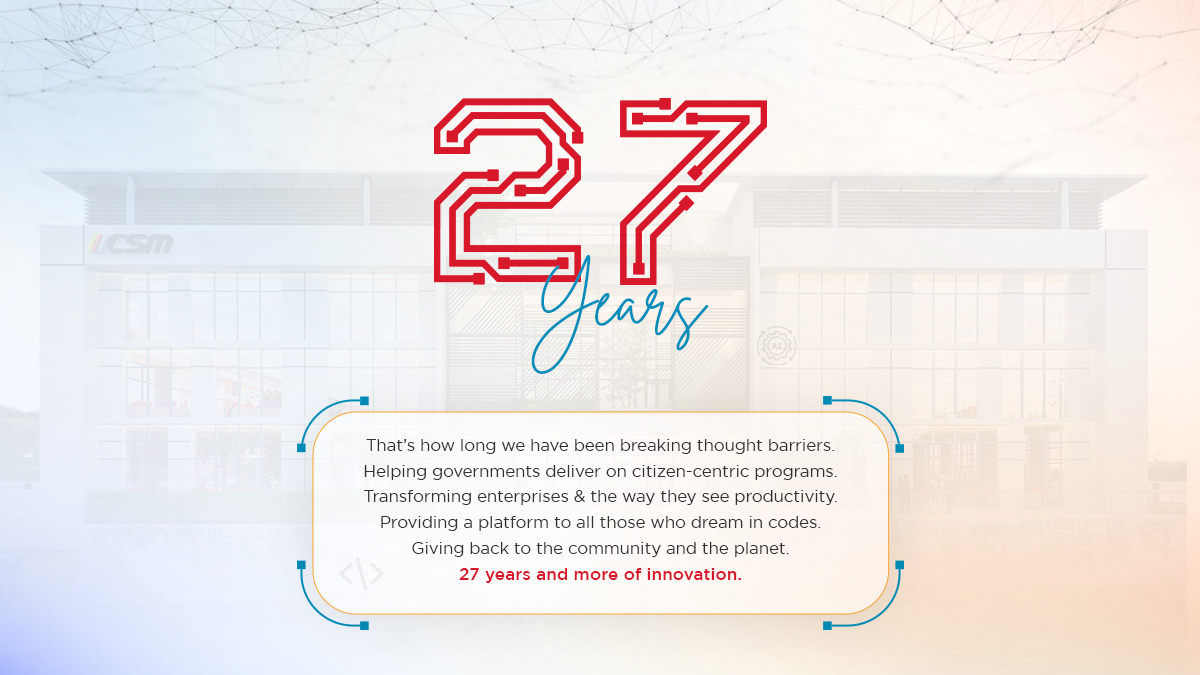


















We will verify and publish your comment soon.